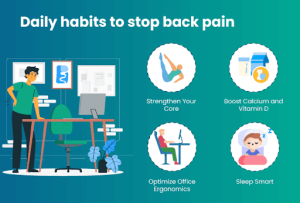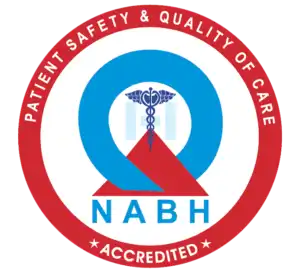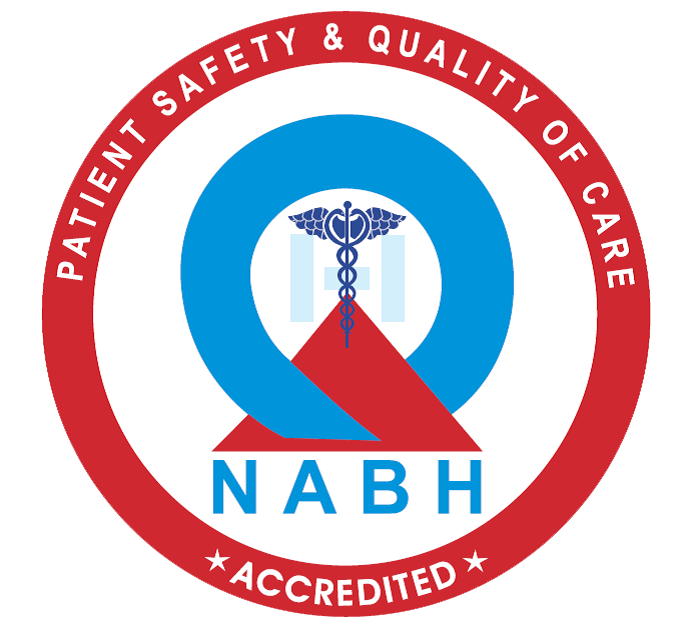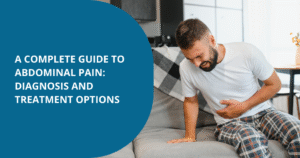Lower back pain at work is common for many employees, often caused or worsened by workplace habits. It can affect productivity, quality of life, and overall health. According to the CDC, more than 1 in 4 (26%) working adults experience low back pain, and construction workers are more prone to it, especially those aged 45-64, compared to younger workers.
This blog helps you identify if your job contributes to back pain and offers prevention tips. For more on causes, symptoms, and treatments, see our article Lower Back Pain: Causes, Symptoms & Treatment Options.
Daily habits to stop back pain

Strengthen Your Core:
- Daily back-strengthening exercises help ease pain and prevent future episodes.
- To support your spine, include core exercises like cat and cow stretches, knee-to-chest stretches, lower back rotational stretches, etc. as routine.
Boost Calcium and Vitamin D:
- Despite ample sunshine, India has a high rate of vitamin D deficiency, which may contribute to chronic non-specific musculoskeletal pain.
- A study suggests that vitamin D deficiency could be the origin of non-specific musculoskeletal pain, including low back pain.
- So, consult a doctor to ensure adequate calcium and vitamin D supplements to maintain strong bones and alleviate muscle pain.
Optimize Office Ergonomics:
- If you work at a screen, rest your arms on the desk, keep your eyes level with the screen top, and take regular stretch breaks to avoid back pain at work.
- If your lower back hurts when sitting, use a lumbar pillow for back support, apply heat or cold for relief, and switch to a standing desk periodically.
Sleep Smart:
- Choose a supportive mattress and sleep in a spine-friendly position.
- How to avoid hurting your back while sleeping? WebMD suggests sleeping on your side with a pillow between your knees to support your back. If sleeping on your back, place a pillow under your knees.
Also Read: The Link Between Lower Back Pain and Sciatica
How Jobs Contribute to Lower Back Pain

Sitting for Long Periods:
- Use a chair with a straight back, adjustable seat, low stool to rest your feet and armrests if your job involves long sitting hours.
- If you have back discomfort when sitting, place a rolled towel behind your lower back for extra lumbar support.
Manual Labor & Lifting:
- Back problems from work include jobs involving lifting, pulling, or twisting the spine, etc.
- To protect it, stay close to the object, keep elbows near your body, bend your knees, lift with your legs and core, and avoid twisting while lifting.
Workplace Ergonomics:
- Spending long hours at a computer can impact your back health. Ensure your keyboard and monitor are within easy reach to avoid leaning forward.
Repetitive Motion & Stress:
- According to Harvard Medical School, stress can contribute to back pain. Managing it with exercise, meditation, a healthy diet, and better sleep can
- help prevent discomfort.
How to Avoid Hurting Your Back: Practical Tips

Preventing back pain at work is achievable if a few add-ons are included in your daily routine.
Invest in Good Furniture
- Choose ergonomic chairs with a straight back, an adjustable seat, armrests, and lumbar support for proper posture.
- Rest your feet on a low stool.
Active Sitting
- Switch between sitting and standing throughout the day to reduce strain on your back.
- Harvard Medical School suggests trying to move every hour, either to drink water or to stand up and stretch.
- When standing, keep weight evenly balanced on both feet.
Reassess Your Routine
- Incorporate stretching, as it improves blood flow to your back and helps relieve strains or aches caused by prolonged inactivity.
- Adjust your work setup, and align your screens and work table to your comfort level.
Also Read: When Is Surgery Necessary for Lower Back Pain
When to Seek Professional Help
National Institute of Arthritis and Musculoskeletal and Skin Diseases suggests consulting a healthcare provider if your back pain persists for more than a week despite home treatment, with rest and pain relievers, or if it:
- Is severe or constant, especially at night.
- Radiates to one or both legs, especially below the knee.
- Causes tingling, numbness, weakness, or pain in your butt or legs.
- Does not improve with medication.
- Followed after a fall or injury.
- Is accompanied by swelling or skin color changes on the back.
Conclusion
Identifying the causes of lower back pain at work and taking proactive steps is essential for long-term relief. Implementing preventive measures such as proper ergonomics, stretching, and safe lifting techniques can significantly reduce pain.
To relieve back pain quickly at home, try simple remedies. For personalized care and lower back pain treatment in Bangalore, consult the specialists at Epione to create a tailored plan for managing and preventing future back issues.
Also Read:
- Lower Back Pain: Causes, Symptoms & Treatment Options
- Is Your Job Contributing to Lower Back Pain? How to Identify Occupational Risks.
- The Link Between Lower Back Pain and Sciatica






